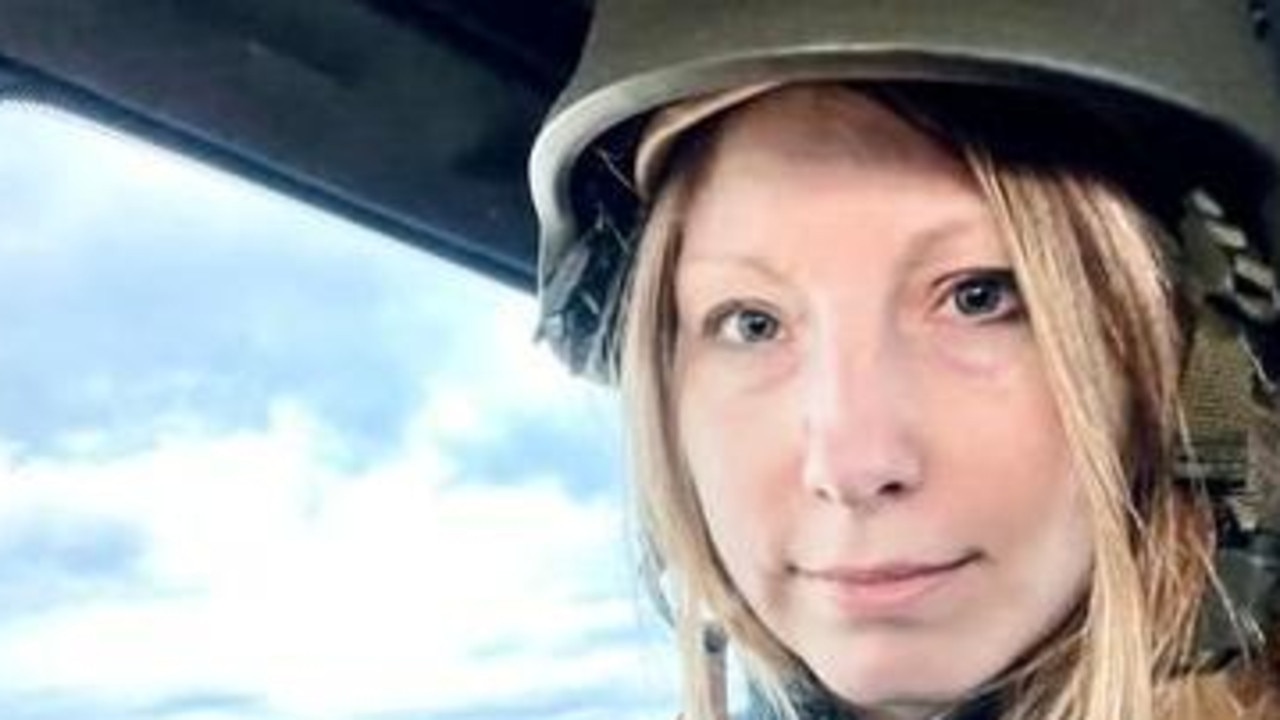Rodney Syme, Nikki Gemmell bring pain and passion to euthanasia debate
Two new books bring passion and pain to the voluntary euthanasia debate.
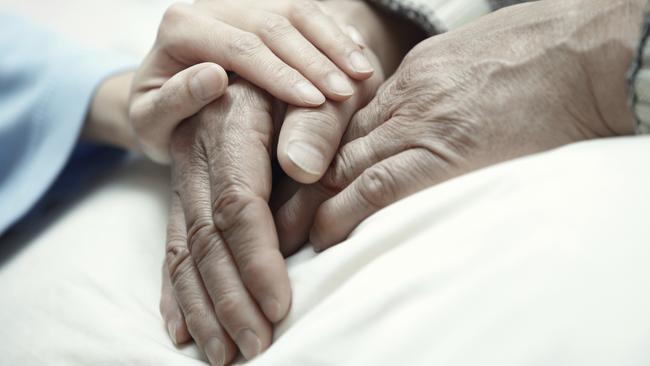
When I was writing a book about voluntary euthanasia in the early 2000s, I was surprised by what I found. Though my brief was to examine even-handedly both sides of the debate about legalisation, I presumed that I personally would, one way or another, take my own life if it became physically intolerable. So, I discovered, did more than 80 per cent of Australians, based on regular polls.
That was borne out in conversations with everyone from friends at dinner parties to the lady at the newsagent where I bought my printing paper. The devoutly religious didn’t figure in my circle of acquaintance.
As I progressed, however, I began to waver. And so did the people whom I presented with alternative ways of looking at the matter. On the one hand, for example, there was the hypocrisy of law forbidding what a significant proportion of doctors discreetly did. When George V died of cancer, the royal physician hastened the end with an injection of morphine: with the assent of Queen Mary and the Prince of Wales and in time for the august The Times, and not the racy evening papers, to carry the news. The details were classified for 50 years.
MORE: Nikki Gemmell on her mother’s lonely death
On the other hand there was the “prescriptive force of the law”, a view of law as something that sets the highest standards, even if they can’t always be met. This solution had worked well in The Netherlands until voluntary euthanasia was legalised. An age-old accommodation called “gedogan”, which turns a blind eye to law when pragmatism demands it, had allowed Dutch society to overcome religious persecution and tolerate everything from marijuana use to open prostitution, to become the tolerant and immensely practical society it was.
Surprisingly perhaps, Catholic nursing homes and doctors commonly offer terminal sedation in Australia: a high enough dose of painkillers to put patients into a coma, which would, in the absence of hydration and support of the airwaves, relatively quickly result in death. The Catholic doctrine of “double effect” — death not as the aim but as the side-effect of alleviating suffering — left both religious law and the law of the land intact.
Time spent researching the book in The Netherlands showed me that Dutch psychology and social expectations offered little modelling for us in Australia. Anti-euthanasia doctors and politicians, for example, would often preface remarks with expressions of respect for the compassion of their pro-euthanasia colleagues. In Australia, the religious, who formed the bulk of opposition to voluntary euthanasia, were disgusted by their opponents and voiced it loudly. “Debate” was rancorous.
Other things occurred to me, such as the class aspect of the question. Upper-middle-class people were more likely to have doctors among their family and friends: people more likely to take the professional and personal risk of breaking the law, in extremis, for people they love. In The Netherlands too, people still had family doctors they had known for years, forming mutual ties of trust across class and cultural cleavages, whereas neoliberalism in Australia had turned healthcare into a conveyor-belt system of clinics with a roster of doctors who might or might not care so intensely about the person sitting across the desk.
These were just some of the many complicating factors that arose as I researched my book, and made the writing of it less a journalistic exercise in objectivity and more a profound search for legal and moral answers.
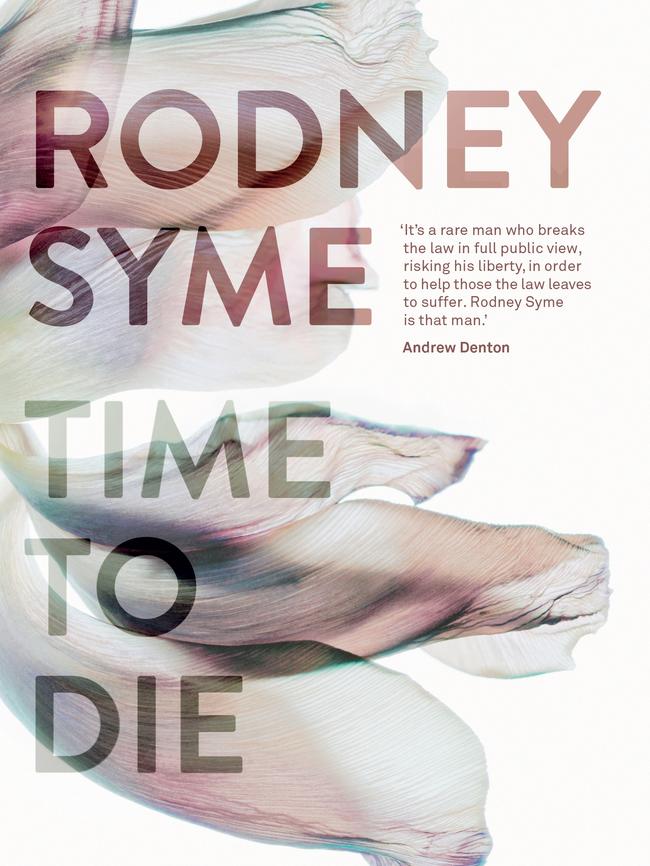
Rodney Syme has no such ambivalence. Unlike the nothing-to-lose Philip Nitschke, an outsider who has been at the forefront of the public campaign for legalisation, Syme is a member of the Melbourne establishment: elegant, handsome, well-spoken, a respected urologist who has repeatedly broken the law to help patients end their suffering. Each time he has formally reported his conduct to the coroner. Each time the coroner has found his conduct appropriate and recommended no legal action be taken against him.
Syme’s new book, Time to Die, is a summation of eight decades of accumulated wisdom, 50 of them exposed to the terrible suffering of patients in his area of expertise. Over the years, he taught himself the skills of a counsellor so he could listen properly to his patients’ needs and not bury them under layers of ethical custom and medical procedure. He learned that physical pain was often the least of it, that existential and social suffering was even more unbearable: loss of dignity and control, loneliness, fear of being a burden, physical loss of the ability to communicate. “Locked in” syndrome is a horror even to contemplate.
In his previous book, A Good Death, Syme made a strong and careful argument in favour of assisted death. The new one is more personal, more philosophical, more lyrical, and so more powerful. Only the most strictly devout would fail to be moved by the serious challenge to religious proscriptions in Syme’s words.
He begins by describing the awful — but truly awful — physical suffering that some people endure. We’re not only talking pain here, though that can be severe and, in a small percentage of people, irremediable. Syme describes in gruesome detail how smelly incontinence, the sensation of constantly choking, the inability to swallow saliva, the end of social conventions like sharing meals, drinks, even conversation, the mortifying feeling of ruining others’ quality of life and much, much more, diminish a person’s self-esteem, indeed their very sense of humanity.
He relates individual stories, made more poignant by the patients’ own words, the words of those around them, and Syme’s reflections on the conversations. Dying with dignity, as the catchphrase has it, involves the patient being able to control when they decide enough is enough and how the end rolls out. “It is clear,” Syme writes, “that suffering is highly subjective, is immeasurable, and therefore difficult to quantify or define for legal purposes.”
He describes in detail the kind of procedure he believes would make the choice morally appropriate: the checks and balances against moments of irrationality or temporary frustration on the part of the patient, against irresponsibility on the part of the doctor, against those grasping relatives that anti-campaigners always mention.
Syme also makes a compelling argument for those who are not terminally ill or nearing the end of their lives, but who suffer intractable pain, frustration and indignity from ongoing, incurable and extremely painful conditions such as rheumatoid arthritis, to have access to assisted dying once they have reached the end of their tether. He describes one woman he counselled, who had had rheumatoid arthritis for 30 years and had 20 joint reconstructions all over her body, and another patient who could do little else but curl up in bed and endure her pain.
“She had run her races, and was ready to die. I helped her,” he writes simply of the former. “She could go no further. She sought my help and I gave it to her,” he writes of the latter.
Syme devotes chapters to palliative care, to the medicalisation of dying, and other themes. He sprinkles them with accounts of individuals who showed almost superhuman stoicism and bravery, and yet were ready to die. He quotes statistics and describes inquiries and reports that may be little known. He goes into detail on the Victorian parliamentary inquiry into end-of-life choices, completed last year, which recommended a limited version of voluntary euthanasia, an advance on government thinking that has prevailed since the Northern Territory law was overturned in one of the first acts of the incoming Howard government in 1996.
His writing is cool, elegant, scientifically precise and yet immensely moving, perhaps because it lacks the aggressiveness that can be a turn-off in argument. This makes the driest of subjects, technical or legal, interesting and understandable, and makes the book a much-needed addition to the political debate about legalisation.
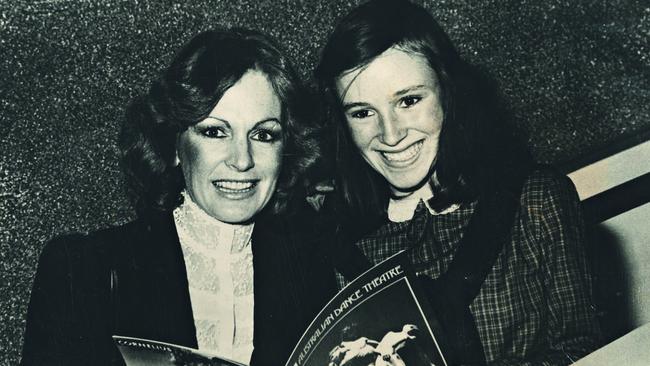
Nikki Gemmell’s memoir of her mother, who committed suicide rather than endure physical disability and pain, couldn’t be more different to Syme’s book. It is not the cool professional’s appraisal but one long cry of pain for traumatic loss.
Nikki and Elayn Gemmell had a relationship that is common enough among mothers and daughters: an amalgam of hurt, anger, defiance and fierce protective love.
The first chapters of After are a stream of consciousness: the shock of discovery, the emotional convulsions, flashback memories both loving and infuriated, dealings with the police, arranging the funeral, sifting through her mother’s belongings with her brother, all held together by a desperate focus on mending lanterns her own four children had made, broken when a gust of wind knocked a painting off a wall, as though the mending would also fix their shattered lives. “So I write,” she writes,
in an attempt to understand — now, too late — what shaped Elayn and specifically her final act that has aroused the suspicions of the police. I can do nothing else right now. The mystery of my mother and her death is crowding out everything else. So. To write a woman into being ...
As the book progresses, Gemmell’s tone cools and she begins to make sense of her discoveries. The police, for example, have explained why Elayn, so often doubled over with pain, was strangely buoyant, her daughter realises with hindsight, in the days before her death. The decision often relieves, energises, and motivates. “It is the suicide’s final, joyous, lightness of being,” Gemmell writes.
She also traces the mourning of her children, for that often underestimated love link between grandparents and grandchildren, which above all else keeps her grounded in the tsunami of her feelings. When her mother had tentatively referred to ending her life, Gemmell could only cry, “But don’t you want to see your grandchildren grow?” She would come to regret bitterly dismissing the cry for help.
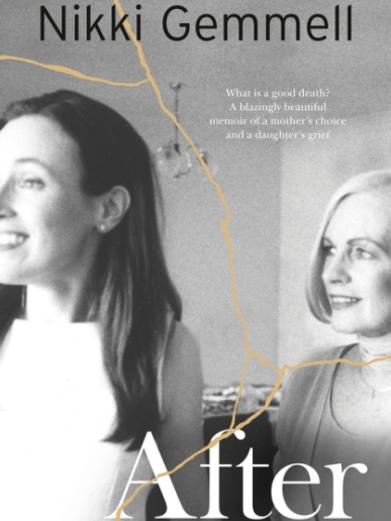
In later chapters Gemmell, a novelist and columnist for this newspaper, explores the world of voluntary euthanasia activists, who are trying to overturn laws that push desperate people with insufferable lives, like her mother, to often violent deaths at their own hands. She is at first repelled by them, but slowly comes to understand their argument.
“[I]f the perpetrator’s family cannot, by law, be involved in the wishes of the person wanting to die, then you’re condemning that person to a horrendously bleak and lonely death,” she writes.
And yet, with the ambivalence that had marked her relationship with her mother, admiration is mixed into the pity and the distress. “Death,” she writes, “was Elayn’s last magnificent act of breaking free.”
Time to Die
By Rodney Syme
MUP, 204pp, $32.99
After
By Nikki Gemmell
Fourth Estate, 304pp, $29.99
Miriam Cosic is a journalist and critic. Her books include Right to Die: An Examination of the Euthanasia Debate.


